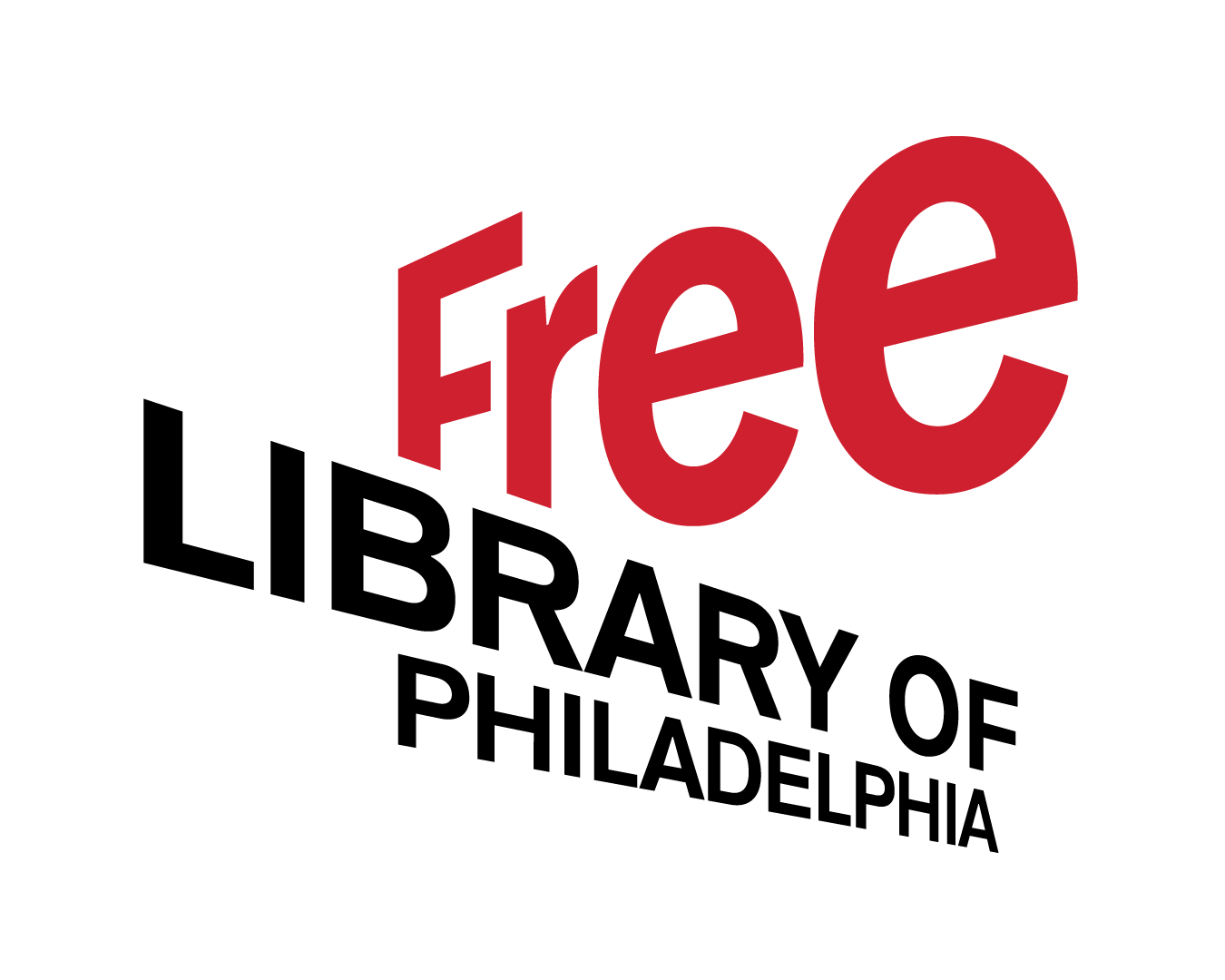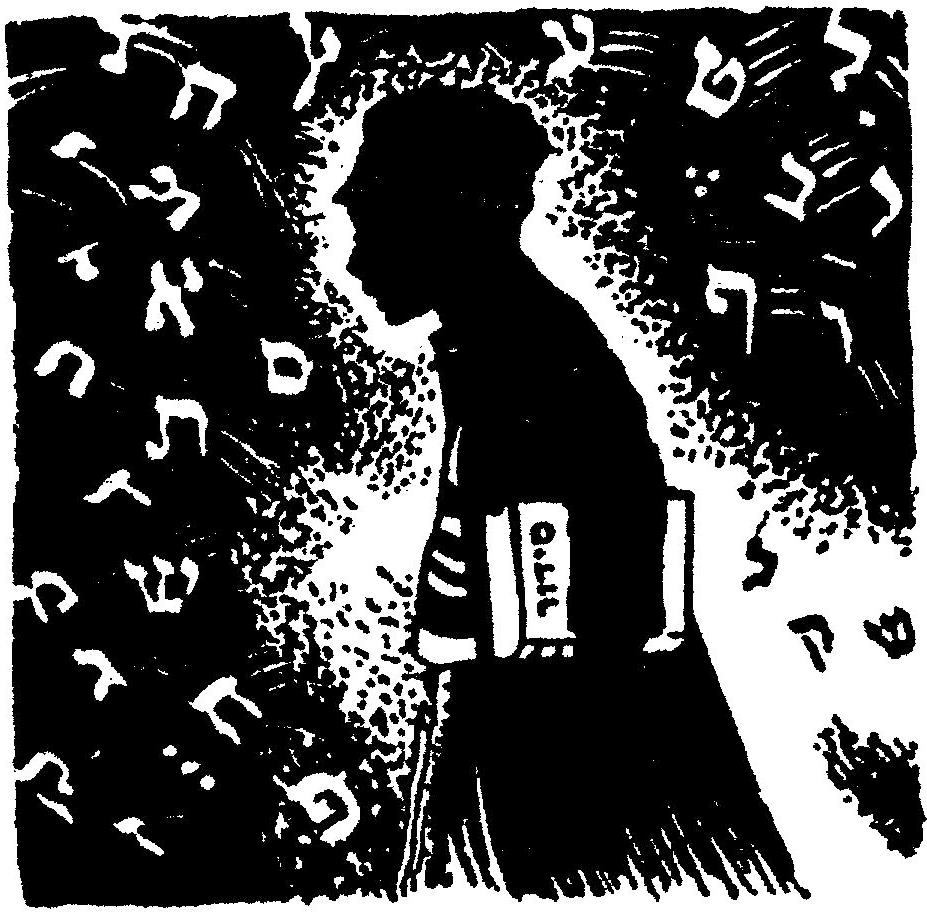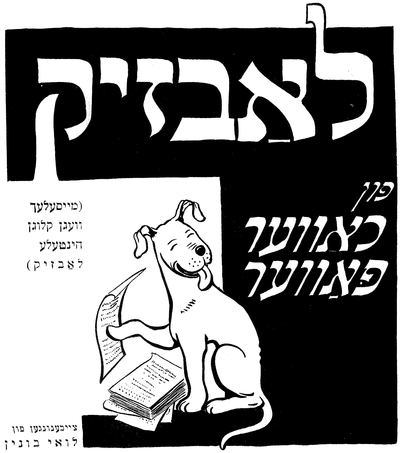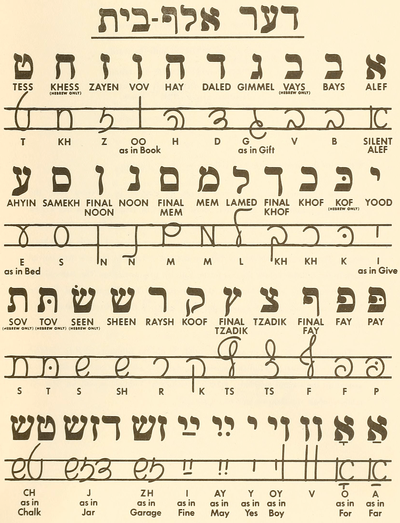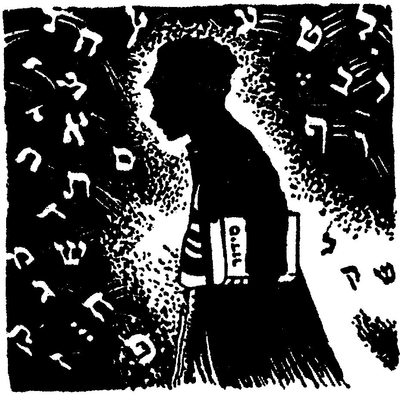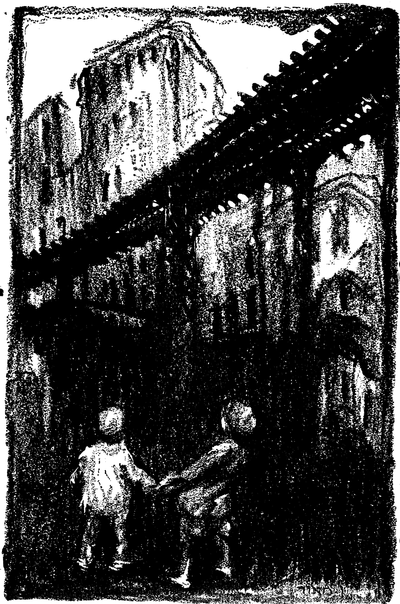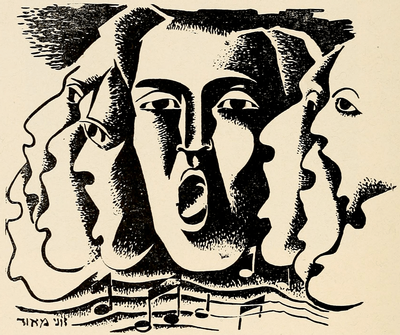Yiddish Children’s Literature from the Secular Yiddish Shuls of the Workers’ Circle and the IWO
By Administrator[Editorial Note: The Free Library’s Literature Department is Parkway Central Library’s home for language learning and the study of global literature. Department librarians are embarking on a project of refreshing our collection of novels in global languages. We’ve noticed a small but noticeable uptick in Philadelphians interested in studying Yiddish, and have responded by adding more recently published or republished works in Yiddish for students and translators to enjoy.
These newer works are the tip of the iceberg of our rich collections developed over the past century. Browsing our shelves in person for serendipitous discovery at a library is among the most fun ways of exploring, but there is only so much room in our building. To explore beyond our shelves, take a dive via our online catalog for materials we store in our off-site storage, the Regional Operations Center. Any catalog search result that has a green "Request Item" button next to it is almost certainly worth the short wait for delivery to Parkway Central. To request an item, all you need is a name and email address to fill out a short form. Books that are not overly fragile, rare, or part of multi-volume or serial sets may be special loaned by librarians who will notify you by email. Contact us if you'd like any assistance accessing these collections.
One local researcher using the Literature Department, the Regional Operations Center, and other departments' collections sent us the literature review below based on research conducted here at Parkway Central Library. We hope you enjoy Cassie Bishop’s findings! If inspired to conduct your research and to write your own reviews, share them with us for consideration for future blog posts.]
Kinder Loshn: Yiddish Children’s Literature from the Secular Yiddish Shuls of the Workers’ Circle and the IWO
Beginning around 1920, Philly was once home to dozens of Yiddish shuls, where children gathered about once a week, typically on Sunday afternoon, to learn Yiddish and about secular Jewish history and culture. Just as there were communities of Yiddish speakers all over the city, Philly’s Yiddish shuls were found in North, South, and West Philadelphia, and even beyond Philly in Bristol, PA, and Vineland and Trenton, NJ. Most of the Yiddish shuls in Philly — and throughout the United States and Canada — were sponsored by Jewish mass organizations, such as the National Jewish Workers Alliance, the Workers Circle, and the International Workers Order. Even then, most Yiddish shuls were established in rented houses and apartments, and their teachers and officials worked for meager pay.
The development of secular Yiddish education coincided with the development of Yiddish children’s literature, which was often published and distributed internationally. The following selections from the Free Library’s collection represent this development. Once upon a time, the words in these books were read, sung, studied, and enjoyed by students and teachers in Philly's Yiddish shuls. May they continue to be read, sung, studied, and enjoyed by patrons of the Free Library today!
Honey on the Page is a treasure-trove of Yiddish children’s stories, edited and translated into English by Miriam Udel. Included are two stories by Chaver Paver about a clever pup named Labzik, the working-class Yiddish answer to Rin-Tin-Tin.
The first Labzik story in Honey on the Page, "Hard-Luck Pup," comes from a book published in 1935 in New York by the International Workers’ Order (IWO). Several of Lou Bunin’s illustrations from this 1935 edition are reprinted in Honey on the Page.
Student's Dictionary: English-Yiddish, Yiddish-English. A Popular Dictionary for School and Home
In the 1930s and 1940s, the International Workers’ Order operated hundreds of secular Yiddish shuls in cities across the United States, including several in Philadelphia. In those days, Itshe Goldberg and Aaron Bergman taught students at the IWO shuls and co-authored schoolbooks for Yiddish students of all ages and abilities. Before working with the IWO shuls, Itshe Goldberg taught at Philly’s Umpartishe (non-partisan) shul number three, which met in the Progressive Library of West Philadelphia at 4035 West Girard Avenue.
After Aaron Bergman passed away in 1964, Goldberg finished revising and editing Bergman’s Student's Dictionary, which was published in 1968 by Goldberg’s press Kinderbuch. Many entries in the Student’s Dictionary came from the glossaries in the back pages of Bergman and Goldberg’s Yiddish textbooks.
The dictionary opens on the English side with Goldberg’s Note on Yiddish." In the note, Goldberg considers that, as a result of the Holocaust, Yiddish "has reached a new stage not unlike the one in the development of Hebrew 20 centuries ago, when Hebrew ceased to be the language of communication in daily life, and became the tongue of cultural and spiritual life."
"There is an increasing interest on the part of young Jews who, for many reasons, were denied access and exposure to the language of the past," Goldberg’s note continues. "To this awakening of interest of the young we dedicate this dictionary in the hope that it will aid them in discovering the culture of their people."
“In Berele's shtetl, there were two kinds of teacher,” writes Nathan Chanin, in Berele. “There was one kind of teacher for the rich children, and another kind of teacher for the poor children.”
When Berele, a working-class Jewish kid, turns six, his father hands him over to the second kind of teacher: a melamed named Abramel, who runs the local cheder with a smile ... and a flogging strap.
After his Bar Mitzvah, Berele leaves home to study at the Talmud Torah in a nearby town. When Berele gets tired of relying on essen teg — charity — for his room and board, he leaves the Talmud Torah to become a tailor’s apprentice, and then quits town altogether for the "City of D." In "D.," Berele falls in with the local intelligentsia, including members the Jewish Labor Bund, and joins them in studying political theory by writers like Karl Kautsky, and modern Yiddish literature by writers like Jacob Dinezon and Sholem Asch.
Much like his Berele, author Nathan Chanin was educated in a cheder and Talmud Torah in Belarus before becoming an organizer with the Jewish Labor Bund and an advocate for secular Yiddish education. In the United States, Chanin joined the Arbiter Ring (the Workers’ Circle) and played a major role in the development of their Kinder Ring (Children’s Circle) system of secular Yiddish shuls, where Chanin was a school teacher, administrator, and the author and editor of various Yiddish children’s books and shul periodicals. In many ways, Chanin’s Berele, published in 1938 by the Children’s Circle with lavish illustrations by Nota Koslowsky, represents the culmination of Chanin’s work: a class-conscious coming-of-age story for a new generation of Yiddishists.
In 1919, Leah Kapilowitz Hofman published her book In Kinderland — one of the first books of Yiddish poems for children. The next year, in 1920, Hofman published Kleyne in der Groyser Velt (Little Ones in the Big World), one of the first books of Yiddish children’s stories published in the United States, with illustrations by Zuni Maud. Later on, Hofman taught Yiddish at the IWO schools in New York. In 1941, Hofman’s Mon Blumen: Kinder in Ferzn (Poppy Flowers: Children in Verse) was published by the IWO School Reading Circles in Detroit.
In his introduction to Kleyne in der Groyser Velt, Morris Winchevsky says a shehecheyanu — a Hebrew blessing for the arrival of a long-awaited occasion or season — for Leah Hofman: for a Yiddish children’s author whose stories read, not like “pictures of little people painted by big ones,” but like the writing of a prodigious “child with a pen in her hand.” For Winchevsky, Hofman’s Yiddish conveys a certain kinder loshn — a children’s language — that is often lost to grown-ups.
Before publishing Naathin Chanin’s Berele in 1938, The Workers’ Circle published dozens of Yiddish books and periodicals for children, as shown in this image from Shmuel Niger’s In the Struggle for a New Education. Published in 1940, Niger’s In the Struggle recorded the history of the Workers’ Circle shuls up to that time, and described how the Workers’ Circle shuls emerged, in 1918, from a larger movement of secular Yiddish shuls, which were founded as early as 1908 and supported by various Jewish mass organizations.
In the book’s ninth chapter, Niger surveys the Workers’ Circle’s shul publications, which included spelling and grammar books, a series of biographies, books of stories and poems, and the periodical Kinderland. Many of these publications were illustrated by artists such a Aaron Goodelman, Nota Koslowsky (Berele), Zuni Maud (Lomir Ale Zingen, Kleyne in der Groyser Velt), and Saul Raskin.
Lomir Ale Zingen (Let's All Sing)
An organ of the IWO, the Jewish Music Alliance promoted Yiddish music education at Yiddish shuls and summer camps, supported Jewish Peoples’ Choruses in several U.S. cities, and published books of Yiddish song such as this one: Lomir Ale Zingen (Let’s all Sing). Published in 1956, Lomir Ale Zingen featured a charming illustration of a chorus by Zuni Maud on its cover page.
Along with a major portion of transliterated Yiddish songs, Lomir Ale Zingen included several English songs such as “Solidarity Forever”, “John Brown's Body”, “Study War No More”, “Joe Hill”, and “We Shall not Be Moved”. On the whole, the Lomir Ale Zingen proffered a spirit of Jewish pride in solidarity with the struggles of all oppressed peoples. Consider, for example, “In dem Land fun Piramidn” ("In the Land of the Pyramids"), by the Jewish sweat-shop poet David Edelstadt, which was included in the song-book along with the African American spiritual “Go Down, Moses.”
Author Bio:
Cassie Bishop is a culture worker and organizer with the International Jewish Labor Bund in Philadelphia. Lately, she is learning Yiddish and studying the history of progressive education in Philly in the first half of the 20th century. She is writing an article on this topic for derspekter.org, in the merit of Philadelphia teachers such as Shloyme Davidman¹, Goldie Ervin Watson², and Minnie Rugg³. These teachers dreamt "The City of Brotherly Love", and "the land that never has been yet — and yet must be — the land where every man is free."⁴ From Philly to Palestine, kein yehi ratzoin.
1 Yiddishe Arbeter Kinder Shuln 6 and 10
2 Martha Washington Elementary
3 Barrat Junior High and Olney High
4 Langston Hughes. "Let America Be America Again".
The views expressed by the authors and guest bloggers are strictly their own and do not represent the opinions of the Free Library of Philadelphia or its employees.
Have a question for Free Library staff? Please submit it to our Ask a Librarian page and receive a response within two business days.
